Located in the towering Himalayas, the little landlocked nation of Nepal is a rare treasure overflowing with rich Nepali culture and a diverse range of cultural traditions. Nepal’s vibrant Hindu and Buddhist past, as well as its attractive ethnic variety, provide a complete journey into an old way of life that has been wonderfully preserved over generations.
The Birthplace of Buddha
Lumbini
No study of Nepal’s deep cultural roots is complete without going to Lumbini, the place where Buddha was born. This holy UNESCO World Heritage site has the exact spot where Siddhartha Gautama was born in 623 BC and took his first steps on earth.
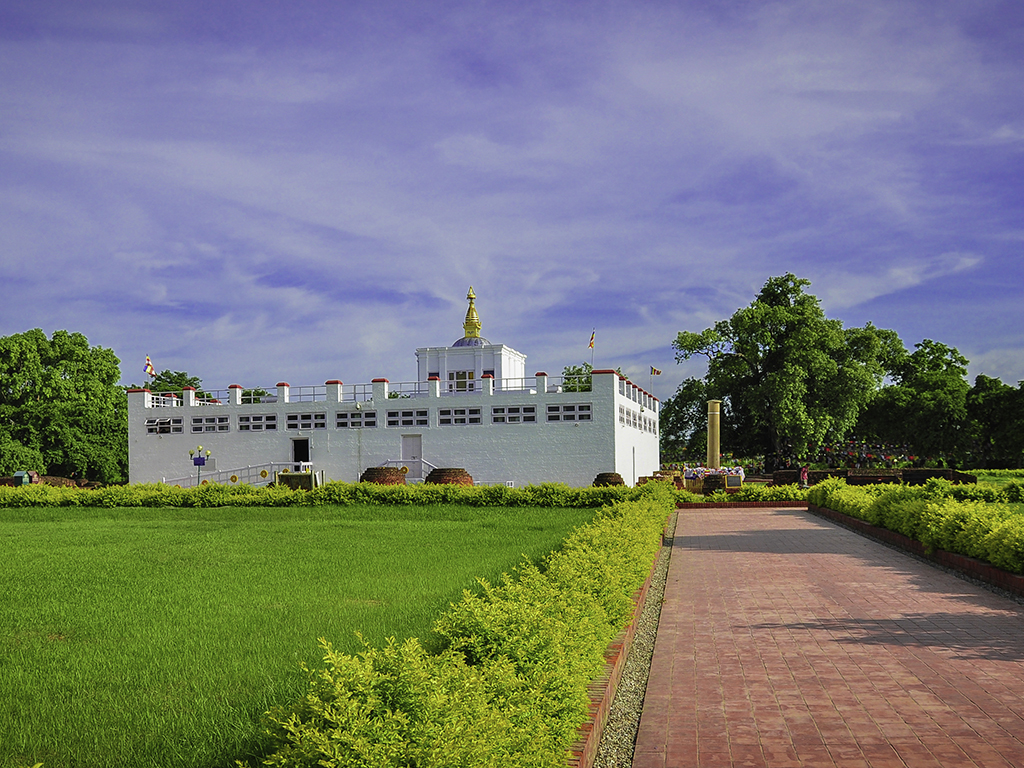
The beautiful Mayadevi Temple marks this special place. It is surrounded by amazing monasteries, stupas (religious structures), and sacred gardens built by Buddhist followers from around the world. Just stepping on these holy grounds gives you a deep feeling of peace and enlightenment.
Kathmandu Valley’s Heritage Cities
At the cultural heart of Nepal lies the ancient Kathmandu Valley, home to three legendary cities – Kathmandu, Patan, and Bhaktapur.
Also Read: Experiencing Luxury Nepal Heritage & Culture
These towns provide a unique view into Nepal’s famous Buddhist and Hindu history through its beautifully maintained religious structures and architectural marvels.
Kathmandu
As Nepal’s capital and largest city, Kathmandu is a fascinating tapestry of sacred sites and bazaars. The mighty Boudhanath Stupa, one of the largest spherical stupas in Nepal, dominates the skyline with its all-seeing eyes of Buddha carvings.
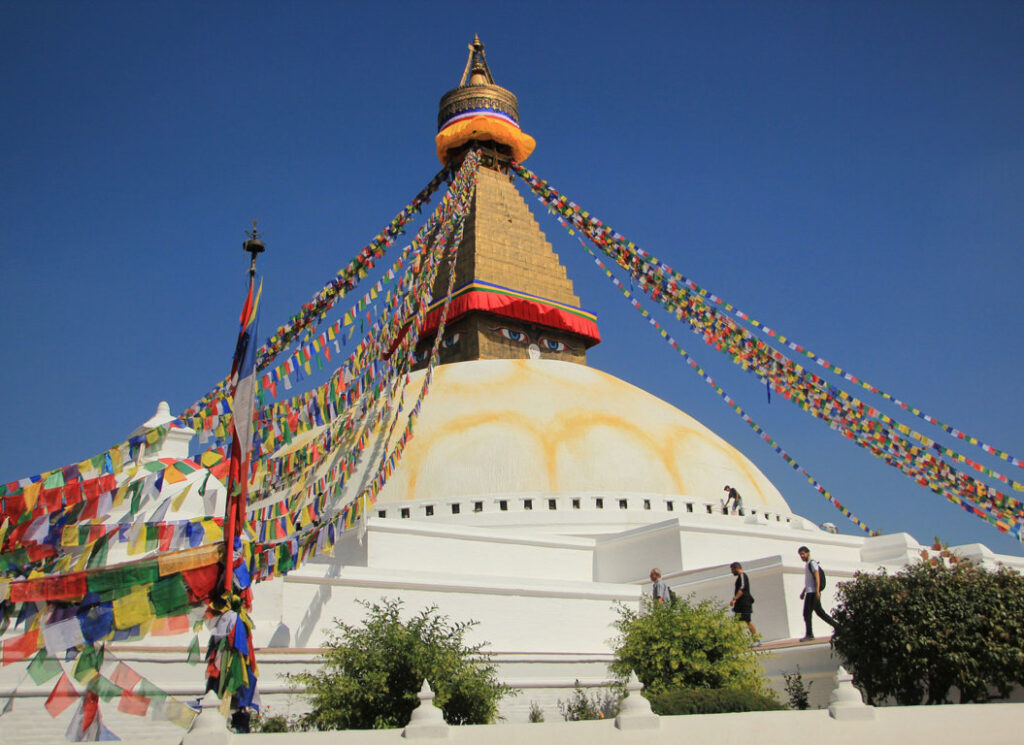
At Swayambhunath, you can climb the ancient steps to this iconic monkey temple for sweeping valley views. Explore Kathmandu Durbar Square, a UNESCO World Heritage site with beautiful temples, palaces, and sculpture-adorned patis (courtyards).
Patan
Just across the river from Kathmandu lies Patan, also known as Lalitpur or the “City of Beauty.” This former capital is renowned for its incredibly preserved architecture, including Patan Durbar Square, an intricately carved “Outdoor Museum” containing hundreds of Hindu temples, Buddhist monuments, statues, and wooden urban dwellings.

The magnificent Royal Palace complex, with its ornate gardens and baths, provides an insight into the lavish lifestyles of the Malla kings who once ruled here.
Bhaktapur
Often referred to as an “open-air museum,” Bhaktapur transports you back in time to the medieval Malla kingdom era through its brilliantly preserved palace courtyards, Hindu temples like the 5-roof Nyatapola, and some of the most intricate traditional wood carvings you’ll ever see.

Exploring this live history city is like walking onto the set of a period film, but without the tourists.
Sacred Rituals and Festivals
Besides the famous monuments, Nepal’s vibrant culture really shows through the rich Nepali culture of special rituals and lively festivals celebrated all year. In Kathmandu, you can see very old Hindu rituals like carrying statues of Vishnu through Budhanilkantha and pulling chariots for Rato Machhindranath in Patan.
You may also like: Incredible Luxury Boutique Hotels in Nepal
The cremation ceremonies at Pashupatinath Temple along the holy Bagmati River give you a moving look at Hindu death rituals.
Indra Jatra
This iconic festival celebrated in Kathmandu Valley dates back to the ancient Malla period. It honors the Hindu deity Indra, the Lord of Rain and Harvests.
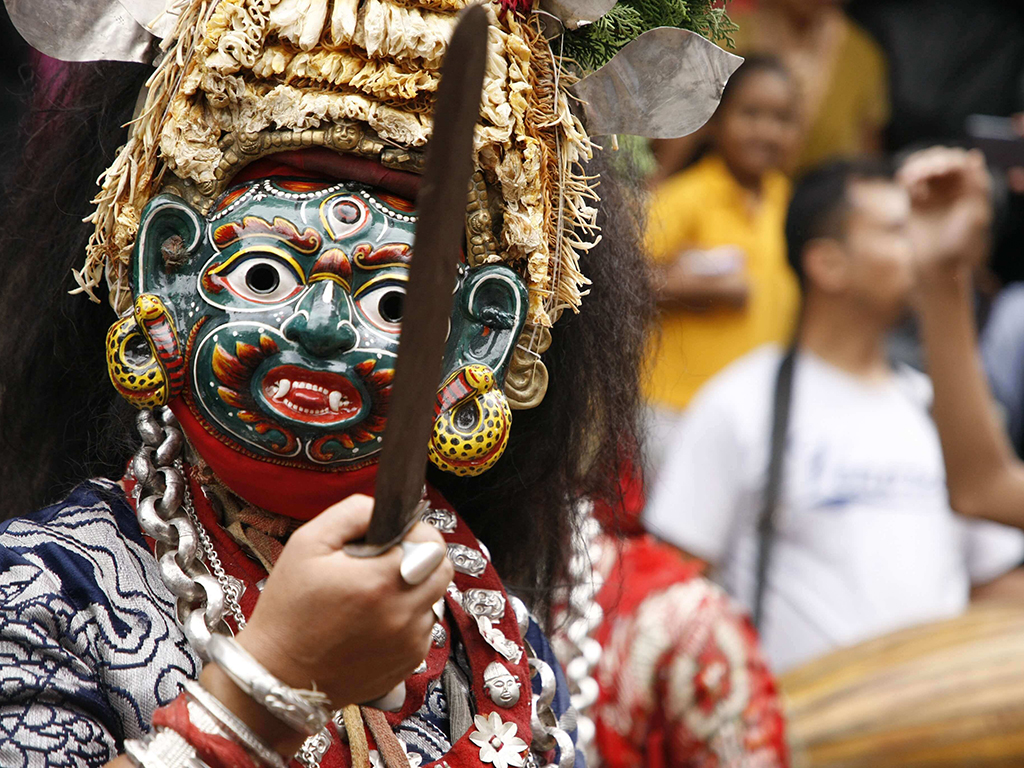
Key Rituals:
- Giant masked dances and dramas show how Indra rescued the region from drought.
- The famous Lakhe dance with intricate masks and woven vests
- Erecting the holy Linga pole and showcasing it in chariots through ancient Kathmandu
When: This 8-day festival typically occurs in September on the new moon day
Bisket Jatra
An ancient New Year’s festival observed for centuries in Bhaktapur, focused on the worship and chariot procession of Bhairavnath and Bhadrakali deities.
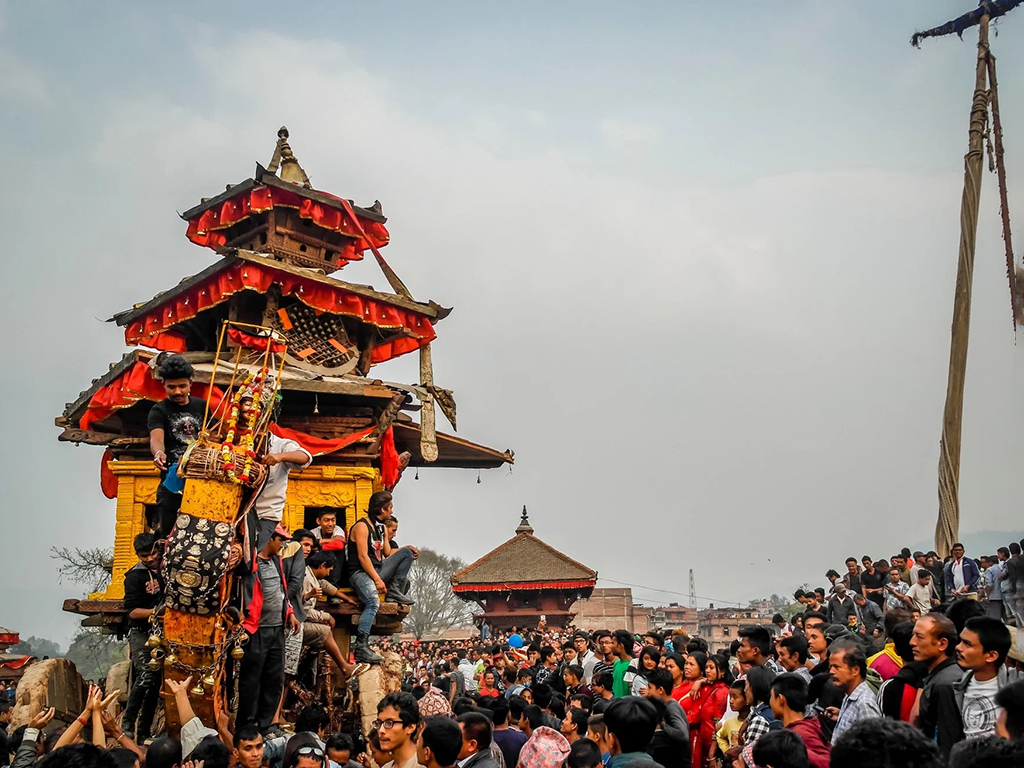
Key Rituals:
- Grand towing of the gigantic Bhairav chariot through the streets of Bhaktapur
- Erecting the sacred language pole at Layaku grounds.
- Sacrificial offerings, worship ceremonies at various temples
- Traditional dances, music, and mask dance performances
When: This multi-week spring festival usually occurs in March/April
Gai Jatra
Despite its sorrowful origins, this one-of-a-kind event celebrates life’s demise with traditional cow pilgrimage processions.
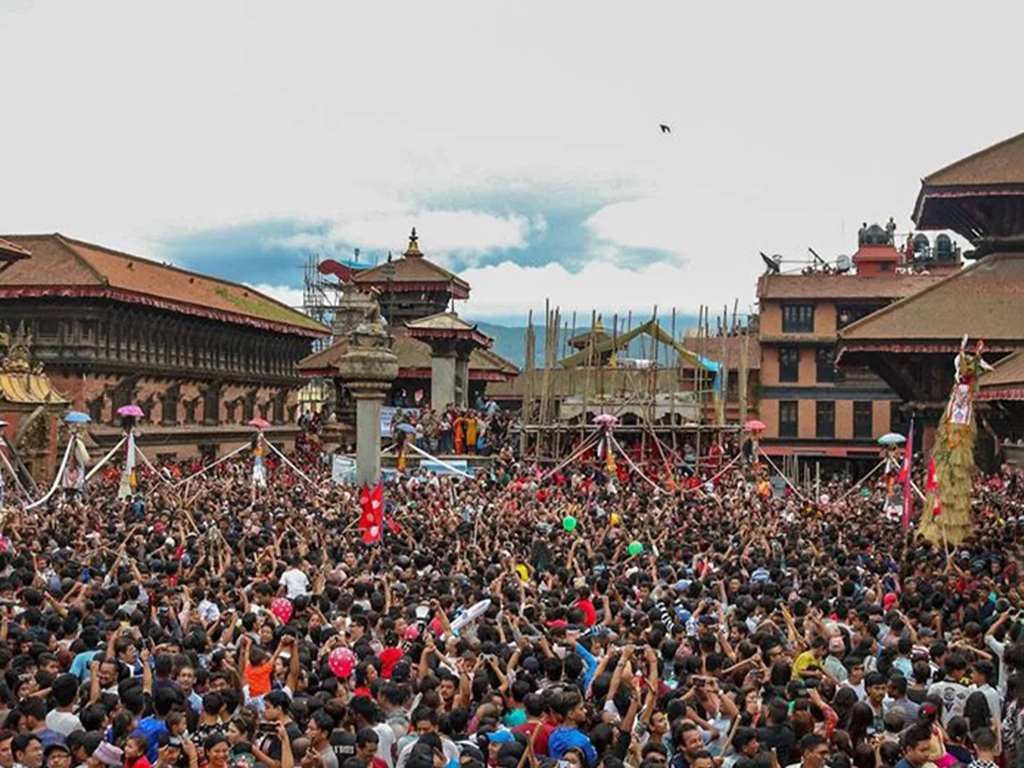
Key Rituals:
- Families who lost loved ones lead cows/boys dressed as cows through the streets
- Bathing statues of Yenya at Kilagal Gankhyu
- Comic plays and humor aim to bring joy to the mourners
- Lighting memorial candles and offering prayers at Budhanilkantha
When: Celebrated yearly in late July/August during the monsoon season
Rural Village Culture
While Nepal’s cities offer amazing cultural sights, no visit is complete without going to the rural countryside to experience the traditional village life that is at the heart of rich Nepali culture and heritage.
Staying in a village home lets you take part in everyday activities like farming, cooking, worshipping at local temples, or joining community festivals and events. You can connect with local families and see very old folk music and dance performances passed down for generations.

To learn about Nepal’s incredible diversity of ethnic groups, visit Tansen or villages near Pokhara where you can experience the cultures of indigenous groups like the Gurungs, Magars, and Thakalis. Or go to Namche Bazaar, the gateway to Mount Everest, where you’ll find the unique Sherpa culture including their Buddhist monasteries, food, clothing and traditional buildings made for high altitudes.
Traditional Arts and Crafts
Nepal’s very old artistic and crafting traditions are still alive and you can discover them all over the country. In Patan and Bhaktapur, you can watch skilled workers carefully carving detailed wood, stone and metal statues in their shops. Visit the Thangka painting schools to see Buddhist artists slowly hand-painting these sacred cloth scrolls using techniques hundreds of years old.
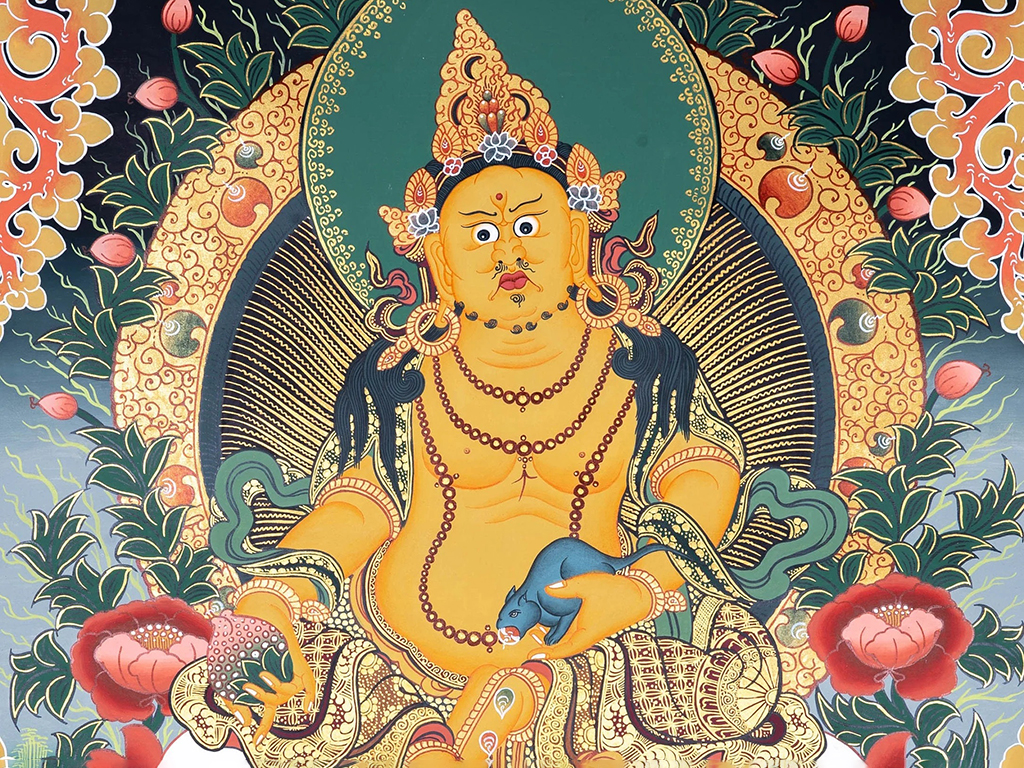
Over in Boudhanath, learn about the intricate process of making sand mandalas. These incredible works of colored sand, meant to represent the Buddhist universe and the cycle of life, are designed and then destroyed in a sacred ceremony by monks.
Other artistic adventures in Nepal include villages that make paper like Jangdi and Bhordi Gaun near Kathmandu, ceramic centers like Thimi, or Visit historical weaving communities like as Bungmati and Khokana to find stunning wood carvings, fabrics, and handcrafted handicrafts that are part of the rich Nepali culture.
Life on the Rivers and Lakes
Many Nepali cultural traditions are closely tied to the sacred rivers and lakes that have given life here for centuries. In Pokhara, take a boat across Phewa Lake to reach the Buddhist stupas and monasteries on small islands in the middle of the lake. Hire a local guide to explain the unique Gandharva traditions, including a secret masked dance done by the Gandharva people living on Phewa’s eastern shores.
Head south to Bardia National Park in Nepal’s lowland Terai region, home to the Tharu indigenous community. Join Tharu villagers on their traditional reed boats as they show their fishing and crocodile breeding rituals on the Karnali River.
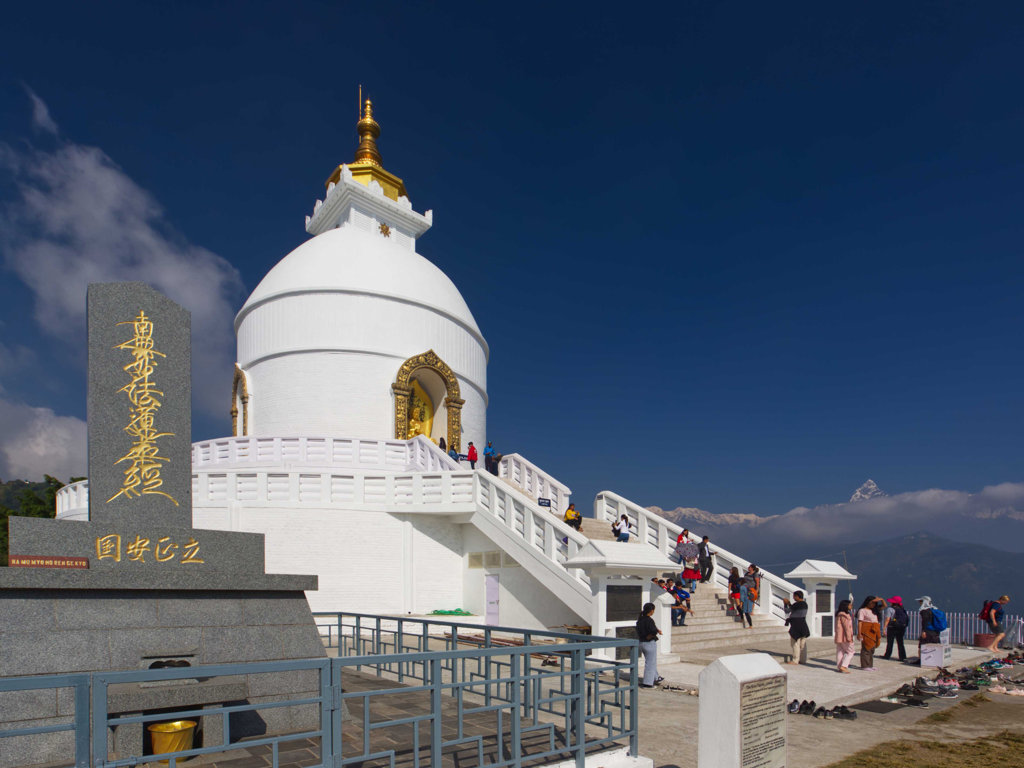
Lastly, no cultural experience in Nepal can compare to taking an early morning or sunset boat ride on the holy Bagmati River in Kathmandu. Watch the Hindu pilgrims perform their spiritual cleansing and cremation rituals on the riverside steps, with sacred chants, ringing temple bells, and burning incense. A profoundly moving display of the cycle of life.
No matter where your adventures in Nepal lead, you’ll find the vibrant cultural heritage of this Himalayan nation absolutely spellbinding. From the colorful festivals and sacred rituals to very old architectural wonders and living traditions of rural villages, Nepal offers an unmatched opportunity to connect with a way of life that has lasted for centuries. Take advantage of the spiritual peace, artistic craftsmanship, and warm hospitality that make Nepali culture so unique and unforgettable.
